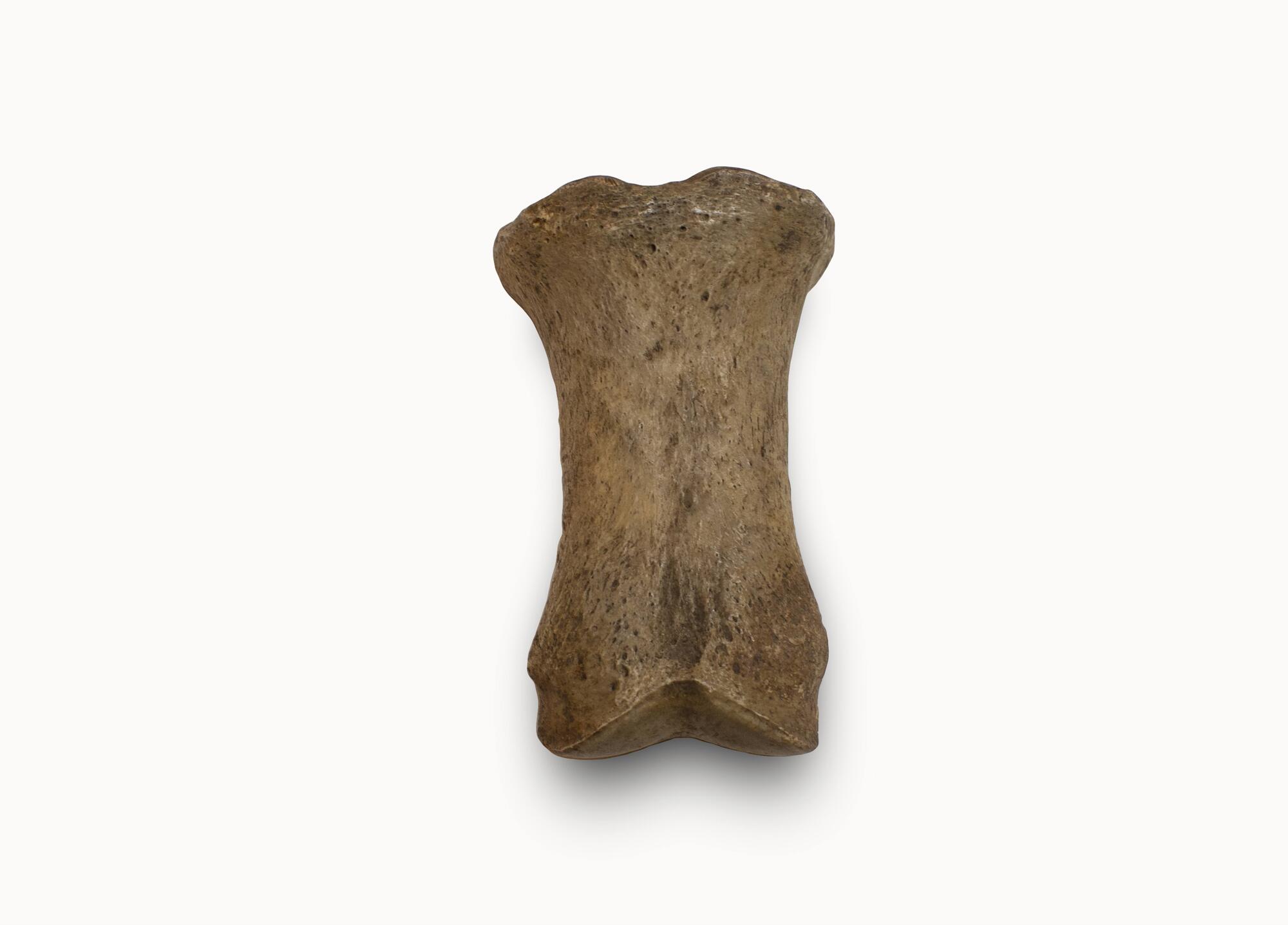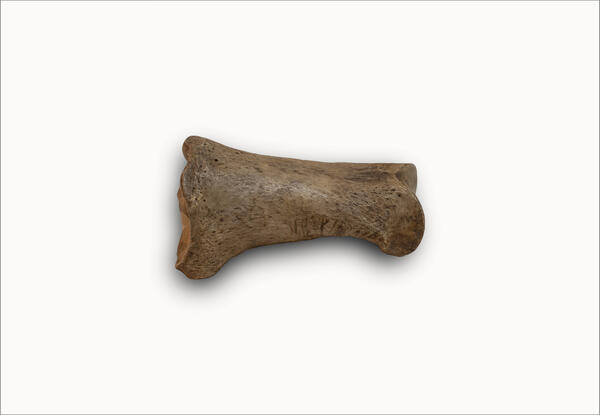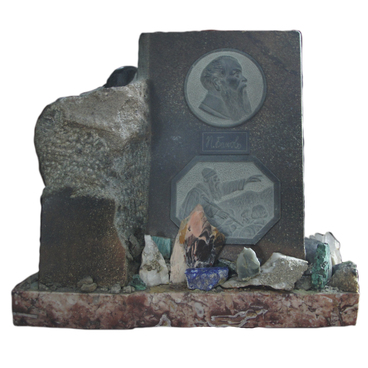Babki, a variety of knucklebones, is an old Russian game, known since the 11th century. In general, it is similar to gorodki (an old folk sport). However, instead of wooden chocks and sticks, they used animal bones to play, in particular, the ankle joint of a cow, sheep or ram, which is located immediately above the hoof.
Depending on the type of animal, the bones differed in size. The largest — for example, from a bull’s limb — was called “panok” in Russian and cost several knucklebones. The bones were placed in a line at the stake: the players had to throw bats at big bones from a distance of up to 40 meters, and at smaller ones — from 3–10 meters. The task was to knock out all the bones with the least number of throws. Metal tiles or bones filled up with lead were used as bats.
There were many rules and types of knucklebones. Each region had its own laws. Often, people played for money — taking one copeck for each knocked-out bone. If the bone was painted or decorated, its price increased. Bats were also cast, if possible, in whimsical molds — with patterns or signatures.
Pavel Petrovich Bazhov kept a real panok for decades. “The one… which brought him victory in the battles on the streets of Sysert as a child.” Bazhov created a number of autobiographical works describing his early years: his life in the Ural factories, parents, neighbors, lifestyle, and the environment in which he grew up. After these stories — “The Green Grasshopper” and “Far and Near” — the writer conceived two more texts about his adolescence: “Painted Panok” and “Yegor’s Case”. Bazhov shared his creative ideas with colleagues and relatives, but never completed the stories due to lack of time. Although there are several versions of these works the he started.
It is also possible that Bazhov stopped working on stories about his youth because of the peculiar attitude of literary critics and the public to the mentions of pre-revolutionary living conditions in tales.
Depending on the type of animal, the bones differed in size. The largest — for example, from a bull’s limb — was called “panok” in Russian and cost several knucklebones. The bones were placed in a line at the stake: the players had to throw bats at big bones from a distance of up to 40 meters, and at smaller ones — from 3–10 meters. The task was to knock out all the bones with the least number of throws. Metal tiles or bones filled up with lead were used as bats.
There were many rules and types of knucklebones. Each region had its own laws. Often, people played for money — taking one copeck for each knocked-out bone. If the bone was painted or decorated, its price increased. Bats were also cast, if possible, in whimsical molds — with patterns or signatures.
Pavel Petrovich Bazhov kept a real panok for decades. “The one… which brought him victory in the battles on the streets of Sysert as a child.” Bazhov created a number of autobiographical works describing his early years: his life in the Ural factories, parents, neighbors, lifestyle, and the environment in which he grew up. After these stories — “The Green Grasshopper” and “Far and Near” — the writer conceived two more texts about his adolescence: “Painted Panok” and “Yegor’s Case”. Bazhov shared his creative ideas with colleagues and relatives, but never completed the stories due to lack of time. Although there are several versions of these works the he started.
It is also possible that Bazhov stopped working on stories about his youth because of the peculiar attitude of literary critics and the public to the mentions of pre-revolutionary living conditions in tales.





